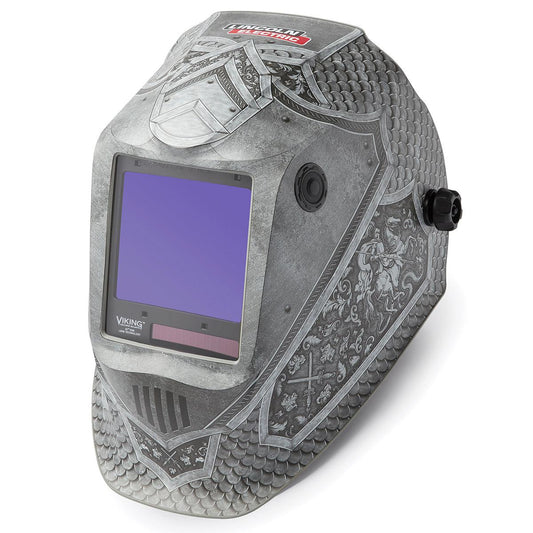What happens when you need to attach a small bolt or metal component to another piece of metal, and firing up the old arc welder just isn’t practical, or is perhaps impossible because of the physical properties of the components involved?
This is a perfect example of a situation in which Stud Welding offers an ideal alternative to the typical arc welding process. Stud Welding is a specialized one-step welding process designed to attached studs or fasteners to a metal surface. With a variety of applications, Stud Welding is used across a wide range of industries including construction, all manner of manufacturing, automotive, ship building, and more.
How Does Stud Welding Work?
Stud Welding is essentially a form of spot welding that uses a concentrated burst of electrically generated heat in combination with terrific force to weld studs or fasteners onto a metal surface. Depending on the application, the process may also be used to attach specially designed components (nuts and bolts) to the surface metal.
Stud Welding employs a special welding gun specifically designed for the process. The welding studs are automatically fed into the welding gun and come in a variety of gauges and lengths. Larger, heavier pieces of metal require longer, heavier gauge studs, while thinner, more delicate metals require lighter gauge studs. The overall process is basically instantaneous. The welder “shoots” the welding gun (by pulling the trigger), driving the weld stud against the surface metal to form the weld.
Two Forms of Stud Welding Processes
Stud Welding is divided into two welding processes, Arc Stud Welding and Capacitors Discharge Stud Welding. The processes achieve the same end result, but are executed in a slightly different manner, and are intended to be used with different materials.
Arc Stud Welding
Arc Stud Welding is generally used with larger studs that are being welded to heavier, thicker surface metals. The studs themselves tend to be larger, up to 1 inch or more in diameter. Arc Stud Welding requires flux, usually an aluminum flux ball placed on the weld end of the stud, and also uses a ceramic ferrule ring surrounding the weld fastener to shield the weld and dam the molten metal, forming a fillet type weld.
Capacitor Discharge Stud Welding
Capacitor Discharge Stud Welding is used with lighter, thinner metals, in which there’s a threat of penetrating or burning through the surface metal. This process does not require flux or the ferrule ring used in the Arc Stud Welding process. Instead, Capacitor Discharge Stud Welding uses unique welding studs with tips designed to bond with surface metal very quickly, at lower temperatures. This prevents the stud from burning through the surface of even very thin metals. When you pull the trigger on the welding gun, the actual welding process (the burst of heat, impact and bonding) occurs in 1-6 milliseconds, and tip disintegrates, further solidify the strength of the weld.



